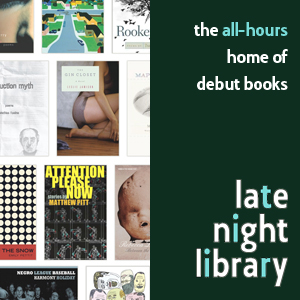Aisles
Calling a Path Into Existence:
Aaron Becker's Journey

By Benjamin Craig

Mind you, I have no particular expertise in art criticism, illustration, or even children’s literature. Still, I was undeterred. When a book or a piece of art provokes me, I’ll try to find the vocabulary.

Certainly, there’s a lot to say about the art of Journey. The book’s protagonist, a bored girl retreating into an imaginary world after failing to convince her parents to play, is carefully wrought. The slouch of her shoulders or the bend of her knees conveys a huge amount of detail about how she feels on a given page. The red of the crayon or chalk she uses to create her own means of transportations through the world of her fantasy suggests both the power of her creative abilities and that this world pre-exists her excursion into it. The watercolors really are used to great effect—particularly where a bed of clouds is colored with subtle variations on the same grey-pink, or when a forest is populated with an enormous variety of greens and hardly another color. Becker seems at his best when working with this sort of palette, ten pinks or thirty greens, and pulls depth and detail from the subtle variations.
But to my surprise, my son loved the book, too. I had only just pulled it from its envelope the day it arrived when he managed to pull it off of the high counter. He carried his prize around the living room intently. A few hours later when an older cousin and his aunt and uncle came by the house, he retrieved Journey from wherever he had deposited it and brought it to his aunt for reading. Parked on her lap with his cousin beside him he followed the journey carefully and intently. He contributed by identifying “boat,” “balloon,” or “bicycle,” while his cousin provided the narrative details and his aunt asked questions and turned pages.
Journey is a book that paints the act of creation as a means to access imaginative possibilities—to gain agency and to not only choose a path, but to call that path into existence. That my son and his cousin modeled this by naming the familiar and inventing a story out of the unfamiliar details of the book felt remarkable. It felt like the book understood them as well as they understood the book. It made me feel a bit like I had almost missed something approaching the book as I had intended, as an amateur art critic instead of as a father. But, it is really beautiful. We all thought so.





